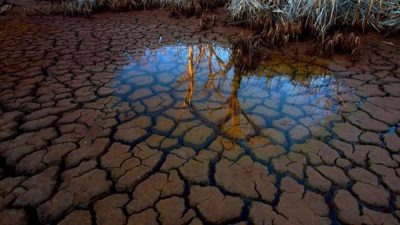Primary Functions
- Assist decision makers from international corporations in understanding groundwater-related risks
Detailed Description
Groundwater resources are extensively used in production processes by large international companies all over the world. The knowledge about (the state and the trends of) these resources need to substantially increase for the benefit of all: the investors, society and environment.
Water scarcity already affects about 2.7 billion people around the world for at least one month per year and by 2025 this will worsen to severe water shortages if consumption continues at current rates. As surface water availability decreases in the face of climate change and consumption, reliance on groundwater is likely to grow even faster.
Globally, groundwater provides more than 40% of water for drinking and for irrigated agriculture, and a third of water supply for industry. At the same time, there are strong indications that the majority of largest aquifers in the world are under the stress due to over-extraction and/or pollution. The magnitude of a groundwater stress is often not known because many aquifers are still poorly regulated and monitored.
Large international companies face high exposure to the depletion and/or pollution of aquifers in situations where no clarity exists about state of the aquifer and related pressures, impacts and trends. The absence of effective monitoring, governance frameworks and enforcement (including data disclosure) leads to poorly controlled use, often opposing large companies against other consumers like small farmers and domestic water supply. Besides, pollution due to the overuse of fertilisers and industry discharge are affecting drinking water for hundreds of millions of people. This confronts companies with existential threats, urging them to assess risks and use groundwater in evidence-based, sustainable manner. Moreover, companies need to act beyond the site operations and help improve water governance if they are to ensure their sustainable growth. This is recognised by some leading companies and is referred to as a water stewardship approach.





